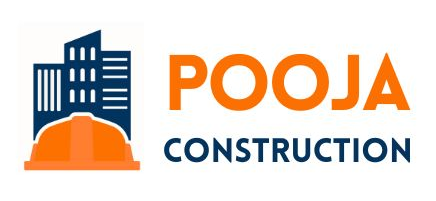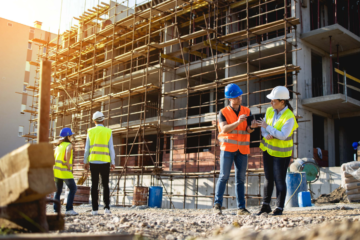“The Transformative Power of Technology in Construction: BIM, Drones, and 3D Printing”
Introduction
- Acknowledging the evolving role of technology in the construction industry
- An overview of the key technologies to be discussed
1. Building Information Modeling (BIM)
- Defining BIM and its applications in construction
- How BIM enhances project visualization, coordination, and collaboration
- Case studies showcasing the benefits of BIM in real-world projects
2. Drones in Construction
- Discussing the utilization of drones for site surveys and inspections
- The cost and time-saving advantages of aerial data collection
- The impact on safety and security during construction
3. 3D Printing in Construction
- Exploring the concept of 3D printing in building construction
- How 3D printing is used to create structural components and entire buildings
- Potential for reducing material waste and construction time
4. Improved Planning and Design
- The role of technology in enabling more accurate and efficient planning and design processes
- How virtual reality (VR) and augmented reality (AR) aid in design visualization
- The ability to make real-time design changes and adjustments
5. Enhancing Project Efficiency
- Discussing how technology streamlines construction workflows
- Automation of repetitive tasks, reducing human error
- Real-world examples of improved project efficiency through technology
6. Sustainability and Environmental Impact
- Addressing how technology can be harnessed for greener construction
- Reducing energy consumption and waste
- Sustainable material selection and construction practices
7. Collaboration and Communication
- Highlighting the importance of technology in enhancing communication among project stakeholders
- The use of cloud-based project management and collaboration tools
- Reducing miscommunication and facilitating better teamwork
8. Data Analytics and Predictive Maintenance
- Exploring how data analytics can help predict maintenance needs
- Preventing costly downtime and repairs
- The potential for optimizing the lifespan of construction projects
9. Challenges and Considerations
- Addressing potential challenges and concerns related to technology adoption
- Data security and privacy, cost implications, and workforce training
- Strategies for overcoming these obstacles
10. The Future of Construction Technology
- Speculating on the future of technology in construction
- Innovations on the horizon and their potential impact
- The importance of staying updated with industry advancements
Conclusion
- The transformative impact of BIM, drones, and 3D printing in construction
- Encouraging the construction industry to embrace these technologies to enhance efficiency, safety, sustainability, and overall project success.




